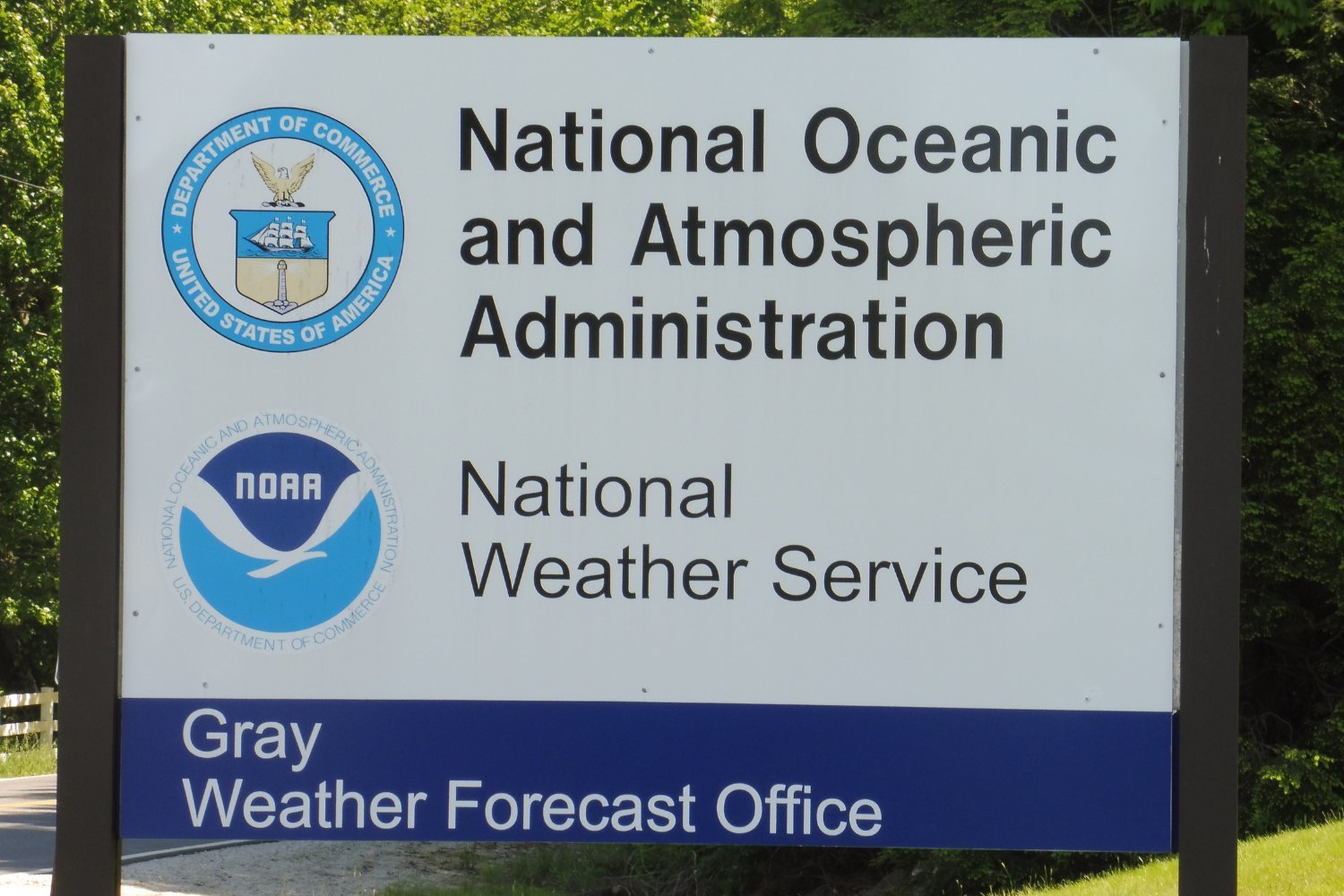
Mass Layoffs at NOAA Spark Concerns Over Weather Monitoring Capabilities
The National Oceanic and Atmospheric Administration (NOAA), a critical agency responsible for monitoring and predicting weather patterns and climate events, has been subjected to significant staff reductions, raising alarms about its ability to fulfill its essential duties. Hundreds of federal workers were terminated from NOAA on Thursday, marking the latest in a series of actions by the Trump administration aimed at reducing the federal workforce, particularly in scientific fields.
The layoffs, overseen by the Department of Government Efficiency (DOGE), an entity seemingly unrelated to the federal government despite its name, have shaken the agency. This move follows a tumultuous February that saw similar workforce reductions at the Food and Drug Administration (FDA) and the National Park Service, among other agencies. NASA narrowly avoided similar cuts through a last-minute agreement, though the long-term stability of its staffing remains uncertain.
According to Craig McLean, a former NOAA chief scientist, the layoffs occurred in two phases, impacting 500 and 800 employees, respectively. In total, these layoffs constitute approximately 10% of NOAA’s workforce, a substantial reduction that could have far-reaching consequences.
The initial round of layoffs primarily targeted probationary employees, individuals whose positions were undergoing review. Shockingly, about 375 of these probationary employees were associated with the National Weather Service (NWS), the division responsible for continuous monitoring of weather conditions across the United States, from everyday weather patterns to severe events like flash floods, hurricanes, and mudslides.
It’s crucial to understand that the term "probationary" in this context does not equate to a lack of competence or experience. Many of these employees were highly qualified professionals with extensive experience who had recently transitioned into new roles within the agency.
Julie Lundquist, a Bloomberg Distinguished Professor of Atmospheric Science and Wind Energy at Johns Hopkins University, emphasized this point, stating that some of the terminated employees possessed decades of experience but were considered "probationary" solely because they were within their first year in a new position.
The precise repercussions of these layoffs are difficult to fully assess. DOGE and the Trump Administration assert that the reductions are aimed at improving government efficiency. However, these layoffs align with a central component of Project 2025, the Trump Administration’s presidential transition plan to restructure the U.S. government, which includes the abolishment of NOAA.
Lundquist highlighted the value of NOAA’s work, noting that the agency provides a return of $11 or more for every $1 spent. She warned that these layoffs sacrifice long-term capabilities for short-term gains, comparing it to "eating one’s seed corn," a farming analogy that signifies sacrificing future prosperity for immediate needs.
NOAA’s contributions extend beyond basic weather forecasting. The agency provides invaluable data to private sector companies, enabling them to create their own forecasts. A reduction in NOAA data could hinder meteorologists nationwide and impact the accuracy and reliability of weather predictions.
Furthermore, NOAA plays a vital role in disseminating information about weather events across the country. Since 1980, the U.S. has experienced over 400 weather and climate disasters resulting in damages exceeding $1 billion each. The total cost of these events is estimated at nearly $3 trillion. If the layoffs compromise NOAA’s ability to monitor and communicate information about meteorological events, it could exacerbate the damages caused by weather-related phenomena.
Daniel Swain, a climate scientist at the University of California – Los Angeles, emphasized the economic benefits provided by NOAA and the NWS, estimating that they offer tens to hundreds of billions of dollars in net economic benefit each year through averted losses and improved efficiencies.
Swain warned that even a temporary disruption in NOAA/NWS’s 24/7/365 lifesaving services, which are often used on an hour-by-hour or minute-by-minute basis during extreme weather events, could be devastating.
The full impact of these layoffs remains uncertain, as the specific locations and areas affected within NOAA and the NWS are not yet fully known. However, the reduction in the number of scientists, meteorologists, and other qualified personnel responsible for operating the country’s round-the-clock weather monitoring system raises serious concerns about the nation’s preparedness for extreme weather events. The loss of experienced professionals, even those classified as "probationary," could significantly impact the agency’s ability to provide accurate and timely weather forecasts and warnings, potentially jeopardizing public safety and economic stability. The future of NOAA and its crucial role in protecting the nation from weather-related disasters hangs in the balance.
